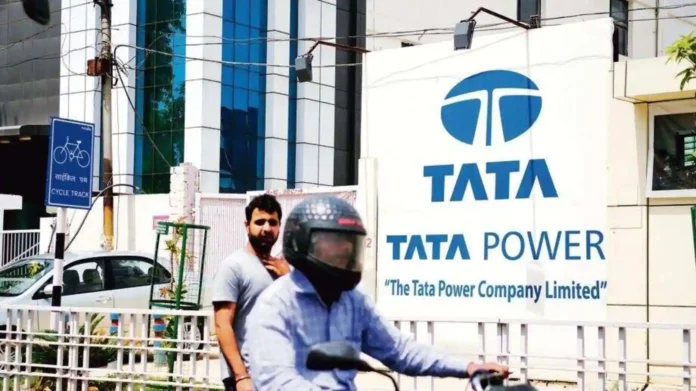As it prepares to meet the predicted next peak demand commencing June-end, Tata Power Delhi Distribution Ltd (DDL) said it plans to raise the supply of renewable to 50% of its overall supplies in the next five years.
Renewable energy, such as solar, wind, and hydro electricity, currently accounts for roughly 21% of the distribution company’s (discom) supplies.
“We supply around 21% of our energy from renewable sources, including wind, solar, and small hydro.” India has set a goal of 50% by 2030, thus we (Tata Power DDL) want to get there in the next 4 to 5 years,” Ganesh Srinivasan, CEO of Tata Power-DDL, stated.
Srinivasan also stated that the corporation will add an extra 400-500 MW of renewable power generation to fulfil its goal of 50% green energy by 2027.
In its renewables push, the corporation is also searching for potential in the battery bank and hybrid spaces, he said.
Green energy currently accounts for roughly 25% of the company’s total supply. “We have active planning for solar, wind, and battery storage since it will be difficult to feed the baseload without batteries…night load is particularly tough.”
So, we’re talking to a lot of different agencies about hybrid batteries, which are essentially solar plus breeze plus battery, and that’s the actual thing that’s going to take off,” Srinivasan added.
“The true demand peak will occur now in June-end and July, because peak demand in Delhi normally occurs after the rains and the humidity rises.” It usually happens for the first week of July,” he added, adding that this year’s peak load is expected to be around 2350 MW. According to Ganesh Srinivasan, CEO of Tata Power-DDL, the company will need an additional 400-500 MW of renewables to reach 50 percent green energy by 2027.
“We have planned for an almost 250 MW rise in demand, and we have a mix of long-term and short-term purchases.” Long-term, roughly 2000 MW is available…tie up with long-term sources, which are a mix of solar, wind, thermal, coal, gas, and hydro, for a total of 2057 MW.
We do bilateral contracts with the balance that we only need for this time of year, from April to August.”
Follow and connect with us on Facebook, LinkedIn & Twitter

